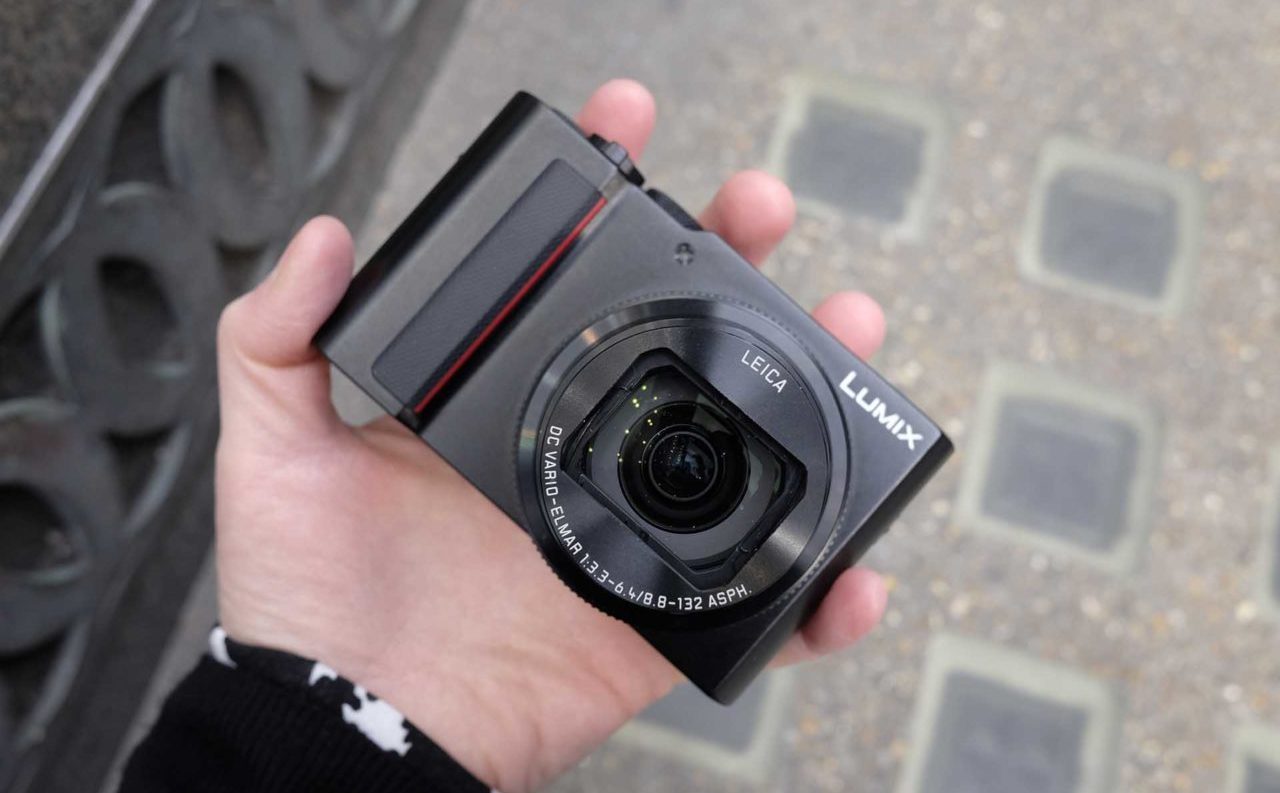What is the Panasonic TZ200 / ZS200?
Panasonic’s popular travel zoom compact has been updated – the main new feature is a longer focal length lens – it now offers a 15x zoom (roughly 24-360mm in 35mm format).
There’s also been a few other improvements, including a higher resolution viewfinder, the addition of USB battery charging and bluetooth connectivity.
Like the Panasonic TZ100, it has a one-inch sensor, and is currently the only one-inch sensor compact on the market to offer a 15x zoom.
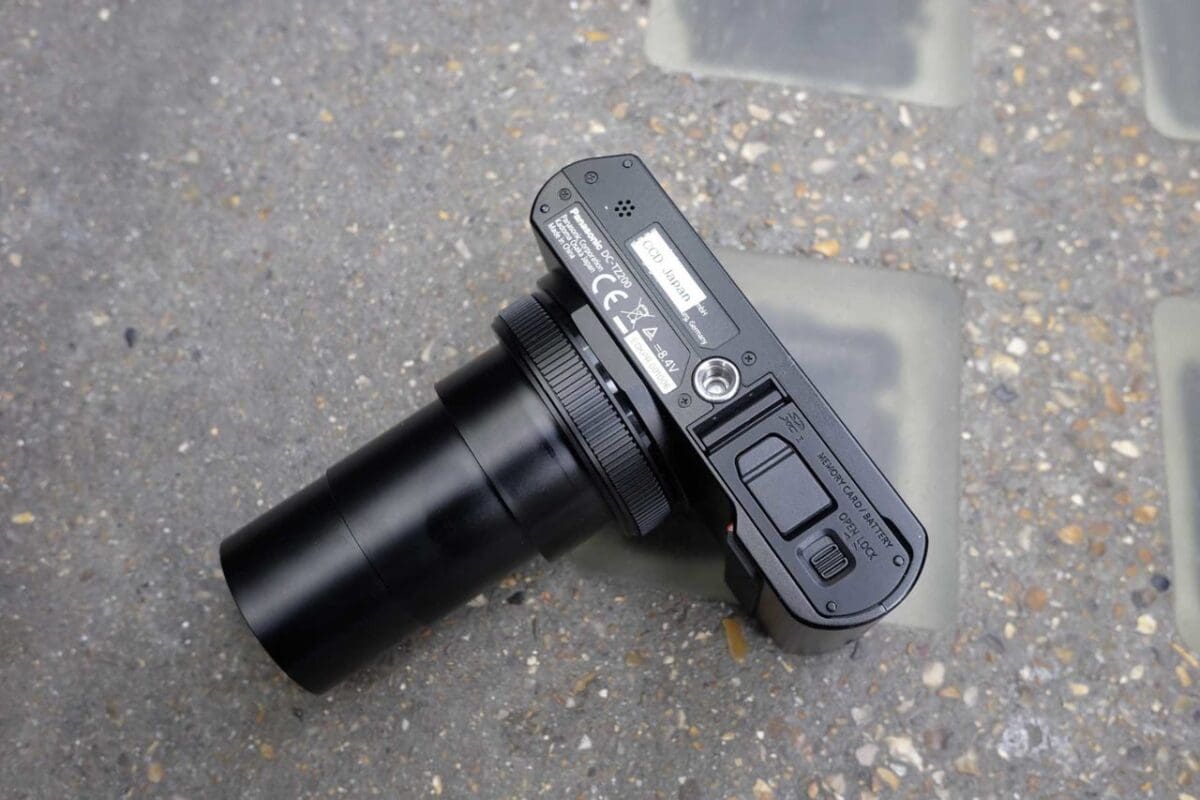
For the Panasonic TZ200 / ZS200
- Great low-light performance
- 10fps burst shooting
- High-speed video
- In-camera raw image editing
- Bluetooth
- Long battery life
- Wealth of shooting modes
- Great image quality
Against the Panasonic TZ200 / ZS200
- Slower aperture than TZ100
- No tilting screen
- Detail softer at telephoto end
- LVF is great, but not essential
Features
With a high asking price (for a compact camera), the TZ200 – known as the ZS200 in the United States – is a premium offering, but the good news is that it has a premium build quality to match.
The Panasonic TZ200 / ZS200 sees some improvements to its design when compared with its predecessor (the TZ100). The most noticeable improvement, from the outside at least, is the addition of a new handgrip.
Panasonic says that it received feedback that the lack of a handgrip on the TZ100 was problematic, so it has corrected the issue for this generation by adding a rubberised strip to the front of the camera. With it, the Panasonic TZ200 / ZS200 feels much more secure in the hand, while the addition of a red strip is a classy touch.
As the TZ200’s / ZS200’s lens is longer, it is naturally bigger in size than the TZ100’s, but the overall size of the camera is still very pocket friendly, making it a good choice for travel and holiday photography.
Another big improvement has been made to the viewfinder, which now boasts almost double the resolution (2330k vs 1170k), a higher magnification, and a slightly larger size – overall this makes for a much more comfortable viewing experience, and during our brief time with it so far, it felt like a very natural viewfinder to use.
If you prefer to use the screen to compose your images, there has been a slight improvement there too – it is now 1240k-dots, compared with 1,040k-dots. It remains touch-sensitive, being very responsive and quick to use during our initial hands-on session.
The TZ200’s screen doesn’t tilt or articulate, which is a shame, but it helps in keeping the overall size of the product down.
The top of the Panasonic TZ200 / ZS200 is actually very similar to the TZ100, featuring a mode dial, a dial which can be used for a variety of functions (dependent on shooting mode, or whether you’re looking at the menu), and the zoom mechanism and shutter release button. The dedicated video record button is also found in the same place.
Just like the TZ100, there’s a ring around the base of the TZ200’s / ZS200’s lens, which you can use for a number of different functions – you have the option to choose a custom function in the camera’s main menu.
Build Quality
The Panasonic TZ200 / ZS200 has a real premium feel too it. It’s small and portable, but it has a reassuring weight.
On top of the TZ200 / ZS200 is a pop-up flash, mode dial, shutter button with zoom toggle, one-touch movie recording button, on/off button and a dial for adjusting shutter speed, aperture and other exposure values.
On the mode dial are your standard PASM modes, plus a manual movie mode option and Panasonic’s iA, panoramic and scene modes.
On the back of the camera are three function buttons and the standard four-way control buttons, which double as direct controls for the drive modes, White Balance, exposure compensation and macro mode. At the top next to the EVF is an AF/AE Lock button, and of course you have that large, bright 3-inch touchscreen.
On the front of the camera the TZ200’s handgrip has been revamped and fits in your hand a little better than its predecessor did. There’s also a new rubber thumb grip on the back of the camera, which really makes a difference when holding the camera at your side as I did when out shooting street photography.
Overall, it’s very comfortable to hold and all of your settings and main controls are easily reached. It’s also a very customisable camera, which is useful for working quickly when shooting fast-moving street scenes.
To complement its luxury feel, all of the buttons and doors feel solid and secure in their position.
The touchscreen is also very responsive, and I found it quite easy to use even in bright conditions, such as those we had on our last day in Palma, Spain, when on a photo walk with Panasonic. One thing that would make the TZ200 / ZS200 even more formidable would be a side-articulated touchscreen for shooting at odd angles, as I wanted to do with some of the Spanish architecture, but perhaps we’ll see this on a later model.
Performance
My first experience shooting with the Panasonic TZ200 / ZS200 was during a photo walk in Palma, Mallorca, Spain, organised by Panasonic. As well as for general sightseeing, I was keen to see how versatile the camera is for street photography, which is a passion of mine and I’ve used many TZ cameras in the past for this hobby.
The TZ100 was an impressive performer, and straightaway it was clear that the TZ200 is impressive in a number of different areas. First was the lens. The extra focal length is just staggering and really enables you to get shots you wouldn’t normally have a hope of getting while remaining discreet.
Having the extra flexibility of a longer zoom means that the lens is now slower (maximum aperture of f/3.3, rather than f/2.8), but in my tests it hasn’t proved to be too much of an issue. What’s more, those who are using this camera will likely be shooting in bright light to take holiday pictures.
Another new feature which proves handy is the new 3cm macro focusing distance – an improvement on the 5cm of the TZ100. This allows for some really creative images.
But what I really like most about the Panasonic TZ200 / ZS200 is my ability to customise it. From the lens ring controls to the custom function buttons dotting the back of the camera, you can set up the TZ200 with your favourite settings and controls, allowing you to react quickly to subjects and scenes.
The Panasonic TZ200 / ZS200 is very much a camera that has appeal for photographers of all abilities and tastes. For those at the beginning of their photographic learning curve, the Panasonic TZ200 / ZS200 can be left to its capable automatic devices, allowing you to simply man the massive zoom lens for great holiday snaps. Or if you fancy taking more control, the TZ200 allows you to do so.
So let’s get down to brass tacks. The Panasonic TZ200 / ZS200 springs to life in just over a second after turning it on, and immediately you’re ready to start taking photos. The camera has a wealth of features – almost too many to cover in their entirety in this review – but let’s start with the most important: that lens.
Lens
The revamped lens with extra focal length is the big new addition to the TZ200 / ZS200, bringing a 15x optical zoom (compared to 10x in the TZ100) with an equivalent focal length 24-360mm. To compensate for the extra focal length, the TZ200’s lens is slightly slower. It offers an aperture of f/3.3 at the widest point of the lens (compared to f/2.8 on the TZ100) and dropping to f/6.4 at the telephoto end of the zoom.
This does limit the camera a little in low-light scenes by requiring longer shutter speeds, but it wasn’t restrictive. In restaurants, for instance, I balanced the camera on the table during longer exposures or simply used a mini tripod like the Manfrotto PIXI.
And when you’re in those restaurants, close-ups of your food are a whole lot easier, too. The TZ200 / ZS200 allows you to focus as close as 3cm. It’s great for macro shots and capturing textures. In fact, the TZ200’s close-focusing prowess was one of my biggest surprises about the camera.
Detail is a little softer at the telephoto end of the focal range, but this is to be expected somewhat. Images are also pleasantly free from fringing thanks to built-in compensation for lens distortion.
Another thing I really enjoyed using the Panasonic TZ200 / ZS200 was its lens controls. Simply twist the lens ring, and you can immediately adjust your shutter speed and aperture. Having this quick option to hand was a real asset in some situations, particularly shooting street photography.
- ISO 12,800
- ISO 12,800
- ISO 6,400
- ISO 3,200
- ISO 3,200
ISO
In the age of ISO 402,000, the Panasonic TZ200 / ZS200 native sensitivity range might seem a bit tame, but it’s very effective. Throughout the range right up to ISO 6400 I was shooting images with fine details and no discernible noise when viewing the images at actual pixels.
Only when I shot at 12,800 did noise start to creep in, but even this was relatively restrained. Even in the shadow areas.
As you can see in these shots of my dog (shot so close, by the way, her breath fogged the lens a few times) cropped at actual pixels you can see how clean they are around the focal points of the image.
The images were shot in a dark room with only window light streaming in.
Despite it’s slower aperture of f/3.3, the Panasonic TZ200 / ZS200 is a fantastic low-light camera that I’m confident using in any situation.
Colours (and monochrome)
The colours produced by the Panasonic TZ200 / ZS200 are rich and warm. The camera’s Auto White Balance does a fine job of producing accurate colours, but what I found particularly useful was the TZ200’s AWBc, or Cool, setting.
What this does is compensate your AWB for indoor scenes where there is mixed lighting. This is a really handle tool to ensure your whites are white and colours natural in situations where your normal AWB might struggle.
Images also have a nice range of tones, and you can enhance this further by enabling the Panasonic TZ200’s Dynamic Range Optimizer.
What I found myself using most, however, was the new black and white L Monochrome filter Panasonic has added to the camera’s image style menu. You can access this, and all the other settings you’ll use on a regular basis, by pressing the Fn3 (trash can icon) button on the back of the camera.
Autofocus
AF is fast and accurate. Never once did I miss a shot because the AF system was confused. Using the 49-point area mode, the TZ200’s AF system reliably picked out my subject, and I could easily fine tune it via the touchscreen.
AF tracking is also reliable. I threw some mealworms out our chickens and set the tracking AF point to our cockerel, Rusty. The Panasonic TZ200 / ZS200 was able to follow him as he raced over with the nine hens.
Another handy AF option is the One Area mode, which you can touch and drag across the frame, and pinch and zoom to enlarge like you would on a smartphone.
Image Quality
Images from the Panasonic TZ200 / ZS200 are generally sharp and free of noise. I was very surprised how little chroma noise was present in the TZ200’s images, even at the upper end of its sensitivity scale.
Likewise, luminance noise is relatively well controlled; only by ISO 6400 could I start to see the first traces emerge.
As I mentioned earlier, the camera produces sharper detail at the wideangle end of the focal range, which is expected. But in good light even images shot at the telephoto end of the range can produce sharp details.
Overall, I’ve been genuinely impressed by this camera’s performance and ability to produce sharp images.
Video
Video quality is top notch, which we’ve come to expect from Panasonic. Given its pedigree in the video department, Panasonic has piled the TZ200 / ZS200 with a range of options:
- FullHD at 50/25/24p in AVCHD
- FullD at 50i in AVCHD
- 4K at 30/25/24p in MP4
- Full HD at 60/50/30/25p in MP4
- HD (720) at 30/25p in MP4
There are other things to like about the TZ200 / ZS200’s video capabilities, such as stereo sound and wind noise cancellation.
There’s also a nifty High Speed Video mode that I found myself using a great deal because it’s so easy to create interesting slow-motion videos. How it works is the camera records your scene in Full HD at 120fps and replays it back at 30fps.
Everything is done in-camera, meaning you can share you slow-motion videos straightaway. Here is a compilation of some I made, which were shot just around the house hanging out with the dog and kids. This ended up being one of my favourite features on the Panasonic TZ200 / ZS200.
Other Features
Honestly, the Panasonic TZ200’s / ZS200’s feature set is so thick you won’t get tired of exploring different options for your creativity. I went down the rabbit hole of the High Speed Video mode, but equally you might enjoy Panasonic’s classic 4K Photo mode, Multiple Exposure mode or create focus stacked images using Post Focus.
The Panasonic TZ200 / ZS200 LVF is also worth mentioning. As we said above, Panasonic doubled the resolution of the viewfinder and increased the magnification, and rather than squinting into the LVF it’s now a rather natural, pleasant experience. Images are crisp and clear within, and you can easily adjust your focal point by using your thumb or finger on the rear LCD while the camera is at your eye.
That said, I didn’t find myself using the LVF all that much, as good as it is. It was just easier – and perhaps more natural with this sort of camera – to compose via the LCD screen. And there were a few times where I thought it would be a lot easier to get the shot I wanted if the Panasonic TZ200 / ZS200 had just had a tilting touchscreen. Maybe in the TZ300 / ZS300?
Interestingly, while I rarely used the Panasonic TZ200 / ZS200 LVF, I pretty much exclusively used the retractable LVF while shooting with the Panasonic GX9.
Sample Photos



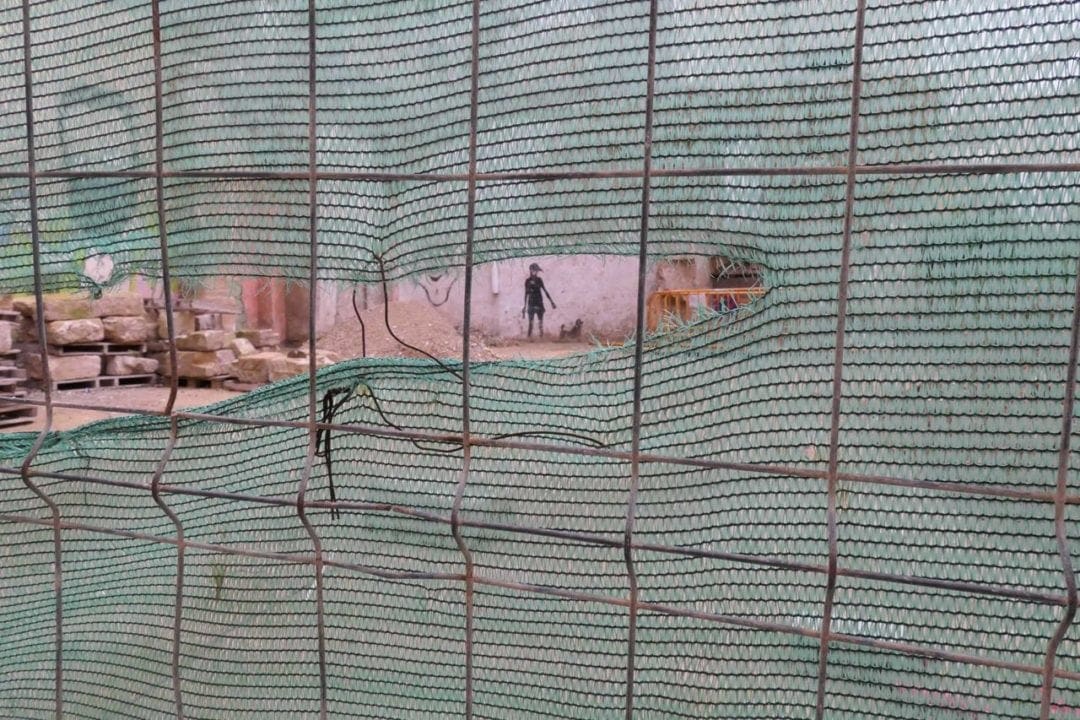
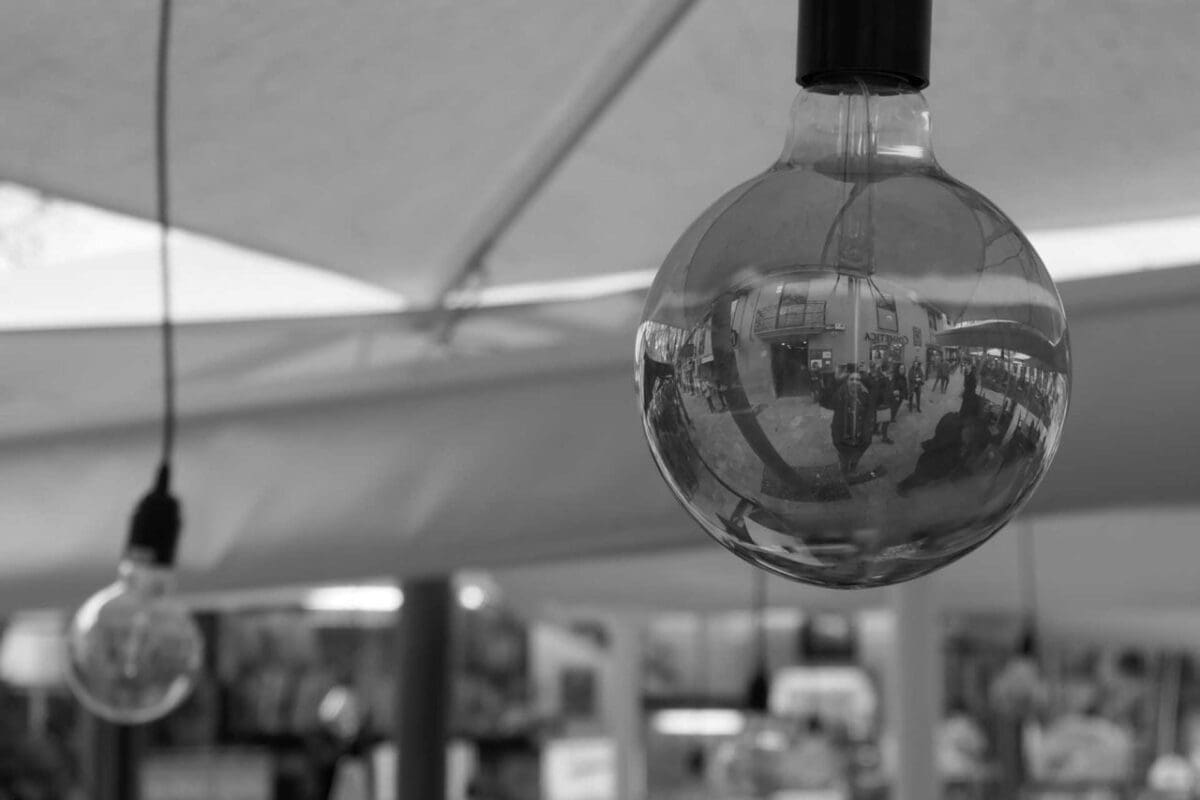


[FAG id=56332]
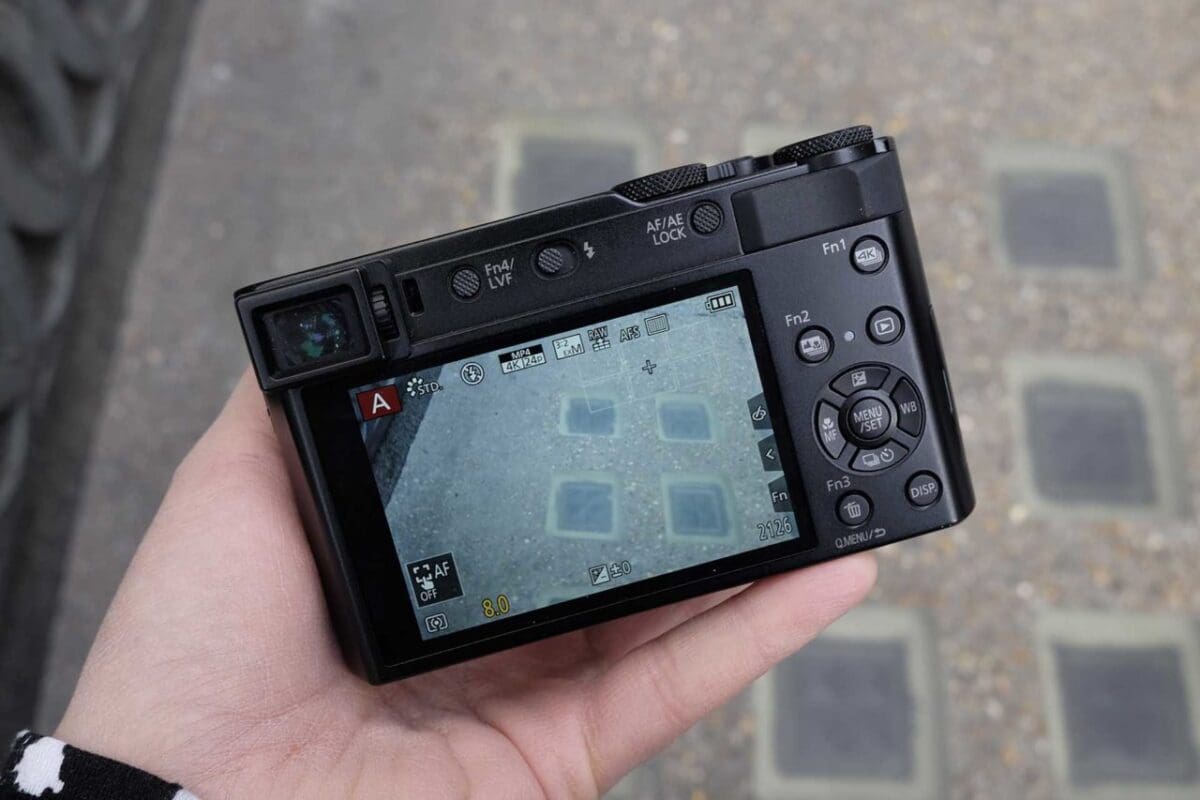
Verdict
Most manufacturers claim that the premium compact camera segment of the market is a growing one – and when you think about it, it makes sense that cameras which offer something your mobile phone doesn’t, do well.
In this case, the benefit you get is a much larger sensor than your mobile phone, coupled with a 15x optical zoom. Yes, it’s an expensive camera, but you do have a lot of flexibility and high-tech functions to work with.
And it’s interesting that Panasonic has chosen to keep the TZ100 in the range, giving consumers two entry points into its travel compact genre.
I’ve used most of the Panasonic TZ / ZS cameras over the years, and even owned a few myself. Let me just say that the TZ200 is the best of them all. The Panasonic TZ200 is such a versatile camera from its size to its image quality to its extensive feature set… and that lens.
This, of course, comes at a cost. The Panasonic TZ200 price tag is steep. But if image quality is paramount for you. If you want more than just snaps from holidays and city breaks, the TZ200 will deliver in the areas your phone may fail to reach.
Should I buy the Panasonic TZ200 / ZS200?
There’s the old saying, ‘jack of all trades, master of none.’ But the Panasonic TZ200 / ZS200 seems to defy that, offering the right balance of automation, creative features, serious specs, video options and portability to suit just about anyone’s needs. It’s not cheap. It costs more than a number of Panasonic’s senior interchangeable lens cameras, but it’s very good and worth every penny.
If image quality matters to you and your holiday and everyday snaps are more than just snaps, the Panasonic TZ200 / ZS200 is worth the investment.
